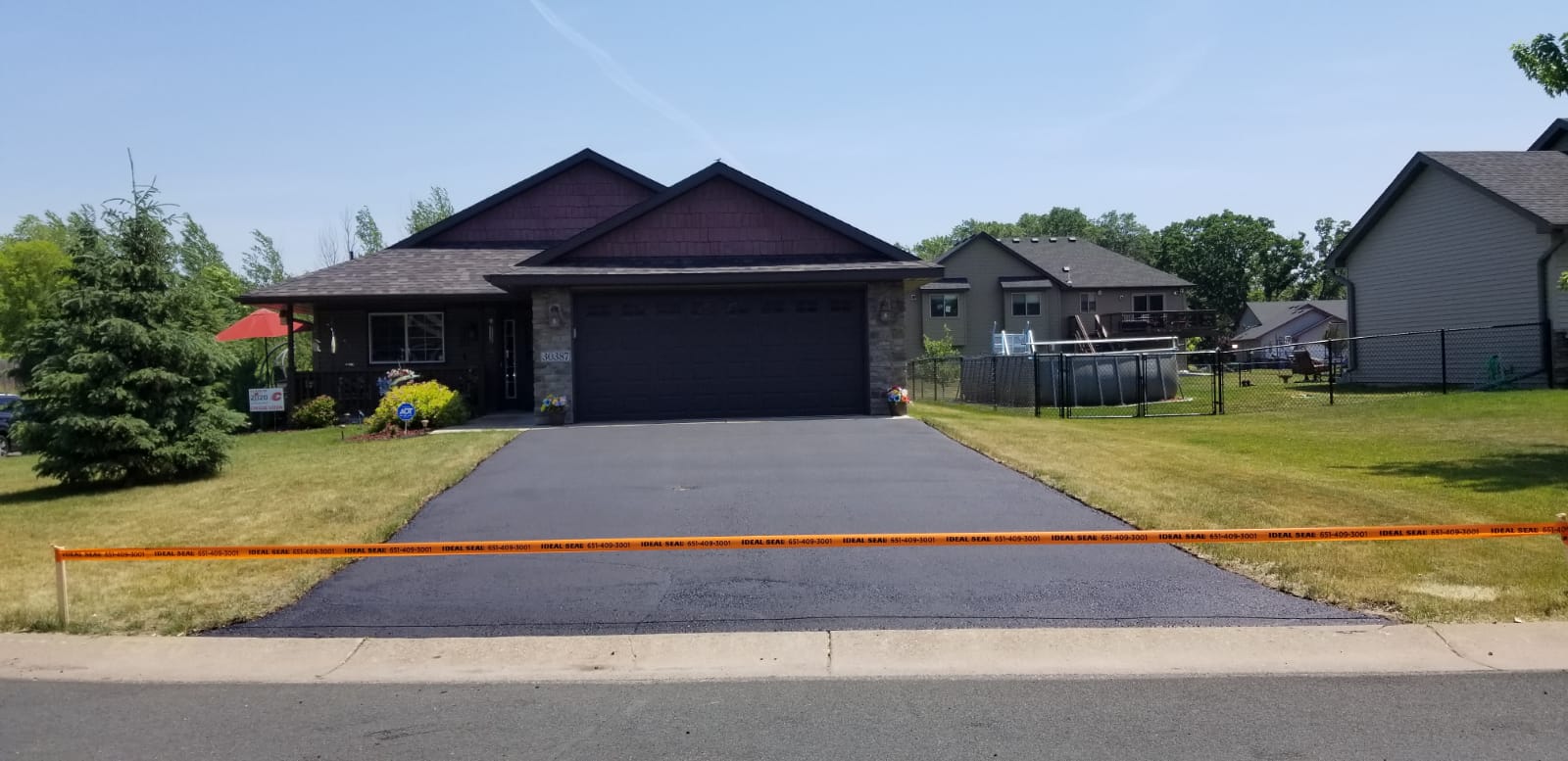Is your driveway looking a little worse for wear?
Driveways are exposed to daily pressures. Surface material can degrade over time due to exposure to heavy vehicles, the elements, erosion, and oil leaks. Cracks, stains, potholes, poor drainage, and aging all contribute to a worn driveway that ruins your curb appeal.
Are you simply in need of a repair, or is it time to replace the driveway altogether? There are several signs that your driveway needs some attention. This article will discuss your options for improving its functionality and appearance.
Key signs you need to repair or replace your driveway
Some of the main signs you need to repair or replace your driveway are:
- Cracks
- Potholes
- Drainage issues
- Weathered appearance
Repairing vs replacing your driveway
The costs of replacing a whole driveway can be significantly high, which is why many homeowners put off replacing it entirely as long as they can. A driveway repair may suffice in some cases, but in others, a new driveway must be installed. Consider these factors:
Cracking
Cracks in your driveway are a sign the surface is deteriorating and needs some attention to prevent bigger, more expensive problems. Cracks under a quarter-inch wide is usually small enough to be repaired, but cracks larger than that should be removed. Afterward, you could reseal or refinish the entire driveway to ensure uniformity of appearance.
Repaired cracks larger than a quarter-inch are simply Band-Aids. Large cracks are a sign of significant problems as they allow water to seep through, even if they have been patched. The problem is exacerbated in regions with freezing temperatures, as the expansion and contraction of water under the surface causes even more damage. In this case, you should completely replace your driveway surface.
Existing material
In addition to the existing material, you will have to consider whether to repair or replace your driveway. There are some surfaces that are easier to repair than others. If you have cracked pavers on natural cobblestones, for example, you may only have to replace a few. Concrete, on the other hand, will need re-sealing or re-surfacing to conceal the patchwork.
It’s also important to consider how long your driveway material will last. Regular sun exposure and constant traffic can cause some materials to look weathered after a few years. Your driveway’s functionality and durability might not be affected, but the aesthetics of the property will be affected. Considering a driveway material that conceals wear and tear by its nature and will only get better with age would be a good idea.
Drainage issues
Water won’t affect a well-designed driveway with a good surface. In contrast, if rainwater pools in certain places or runs down the middle of your driveway, you may have a drainage problem. If left unattended, this can weaken the driveway surface and lead to cracking or potholes.
There are ways to rectify drainage problems without having to replace the entire driveway, depending on the material of your existing driveway. Installing strip drains, adding curbs, or replacing drainage piping can accomplish this.
Nevertheless, you may have to completely replace the driveway to repair the damage already done and to maintain the integrity of the new surface.
Age
The surfaces of many driveways aren’t designed to withstand extreme pressures forever. Typically, asphalt driveways need to be replaced after 20 years and concrete drives after 25 years. It is not considered wise to repair a driveway approaching this age.
Regardless of the condition of your driveway, an old driveway could benefit from an update, just as a home would from a renovation. Simply put, a tired looking driveway may simply not match the aesthetics of your newly renovated home. Replacing an older surface with a modern, new material that has a great lifespan will not only improve the curb appeal of your home, but it’s likely to increase the value of your property.

